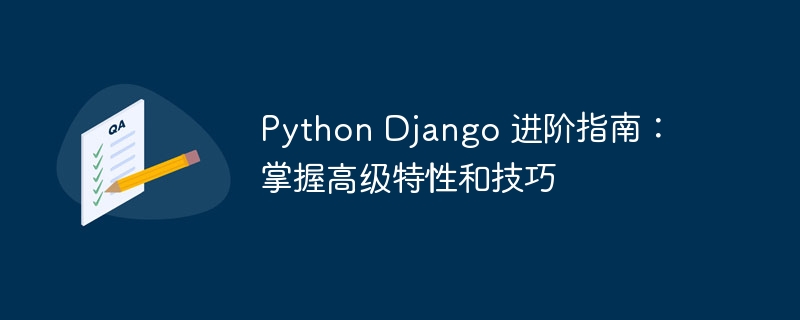

objects.filter().defer() and objects.filter().only() to specify to exclude or Contained fields. cache
<strong class="keylink">Django</strong>.core.cache Cache view output, database queries, and other content. Security enhancement
djan<strong class="keylink">Go</strong>.middleware.csrf.CsrfViewMiddleware. django.contrib.corsmiddleware to configure the CORS header to allow cross-origin requests. Content-Security-Policy header to limit the scripts, stylesheets, and other resources that are allowed to be loaded. django.contrib.auth.hashers to provide a secure password hashing algorithm . RESTful API
Vers<strong class="keylink">io</strong>ning class or third-party library to implement API version control. Deployment and Operation
Other advanced features
subclasses and reuse base class code.
ORM<strong class="keylink">s</strong> to create a custom form and add custom validation rules.
Provides generic views to simplify the creation of views for common operations.
The above is the detailed content of Advanced Guide to Python Django: Master Advanced Features and Techniques. For more information, please follow other related articles on the PHP Chinese website!
 Where should I fill in my place of birth: province, city or county?
Where should I fill in my place of birth: province, city or county?
 How to solve 400 bad request
How to solve 400 bad request
 What is the reason why the network cannot be connected?
What is the reason why the network cannot be connected?
 Usage of get function in c language
Usage of get function in c language
 How to obtain url address
How to obtain url address
 How to solve the problem that document.cookie cannot be obtained
How to solve the problem that document.cookie cannot be obtained
 Check out the top ten cryptocurrencies worth investing in
Check out the top ten cryptocurrencies worth investing in
 socketpair usage
socketpair usage
 what is drivergenius
what is drivergenius




